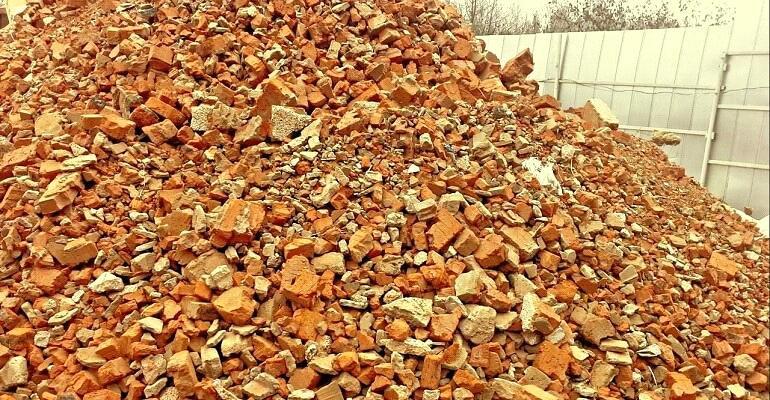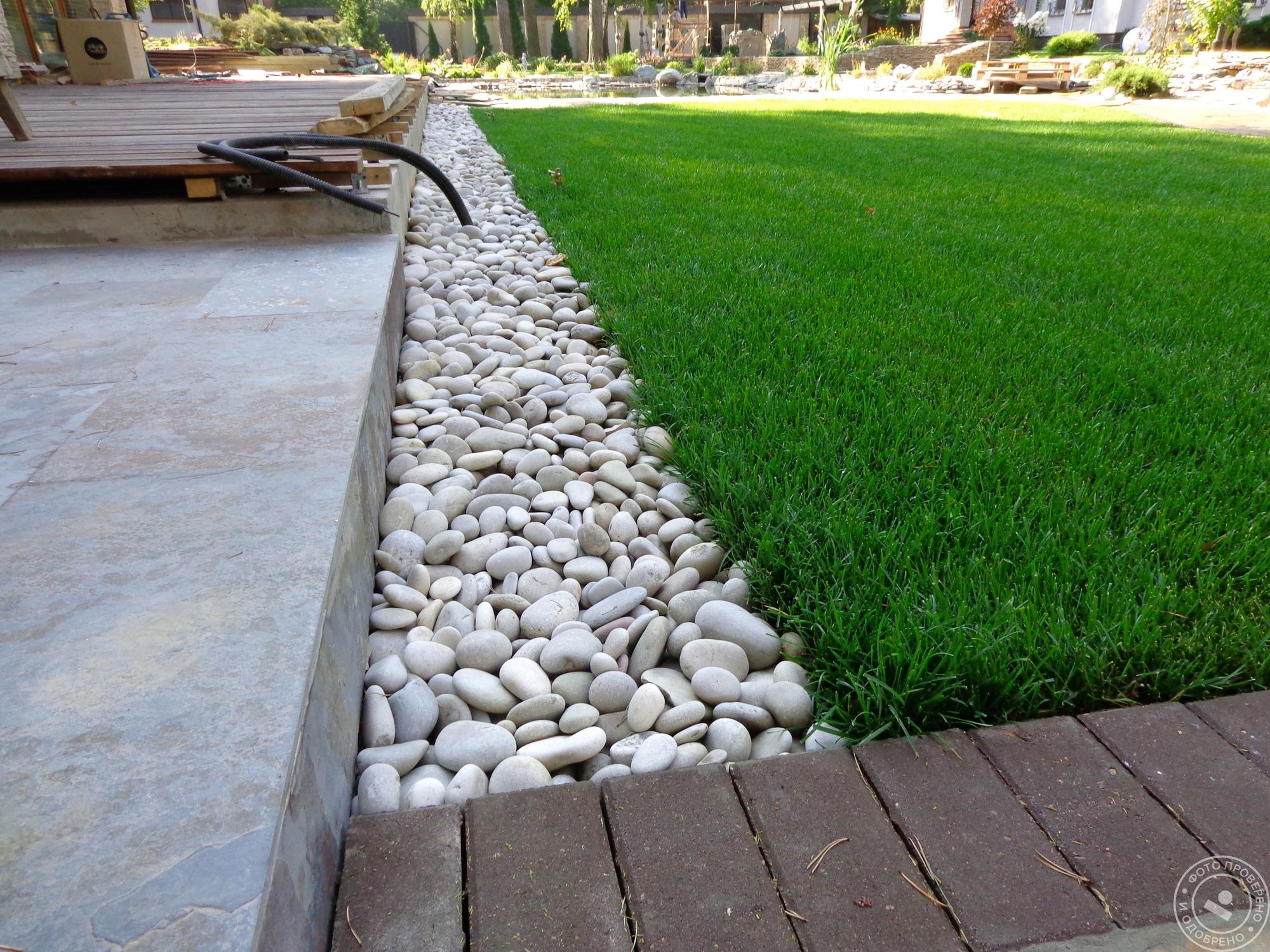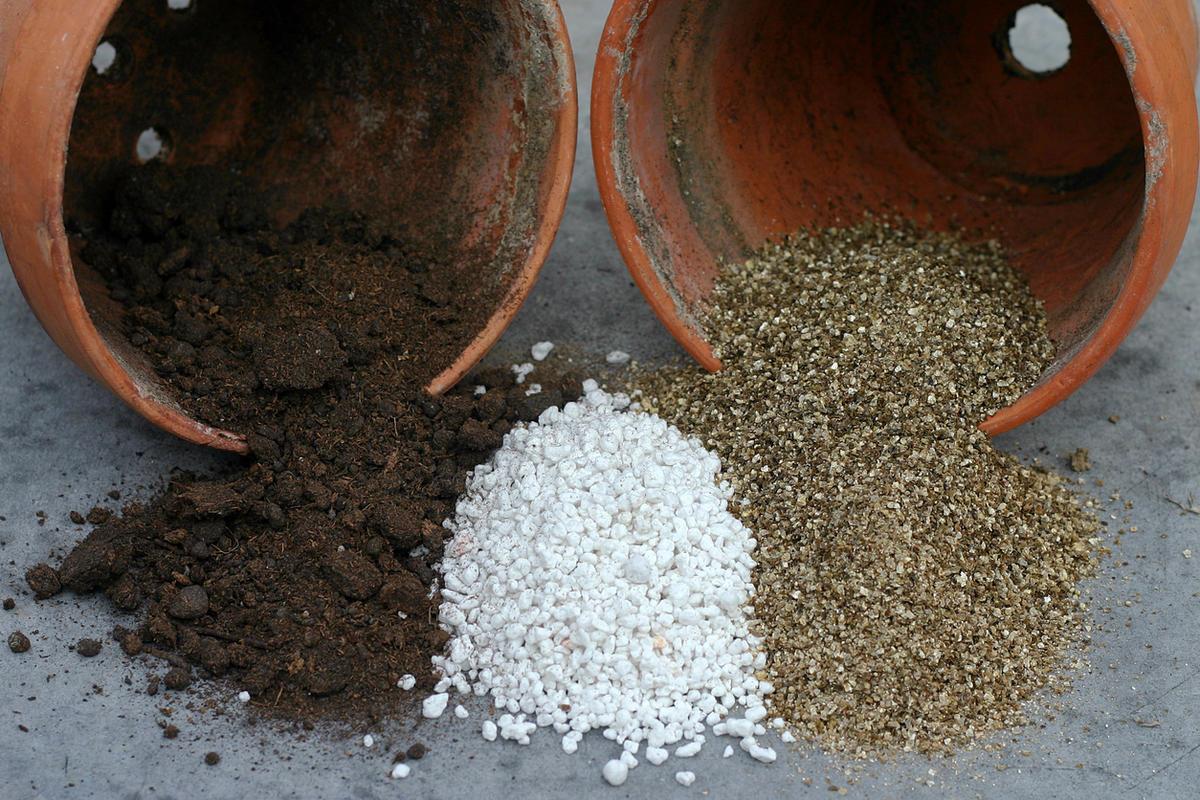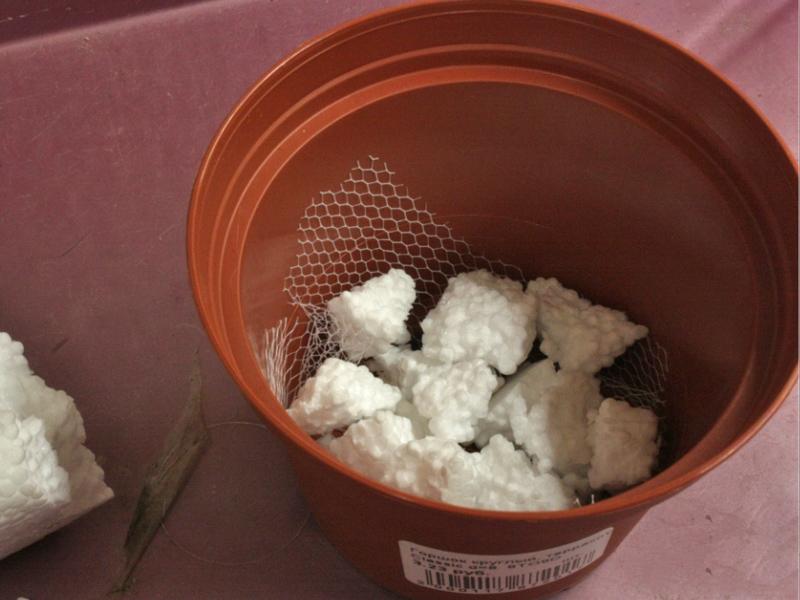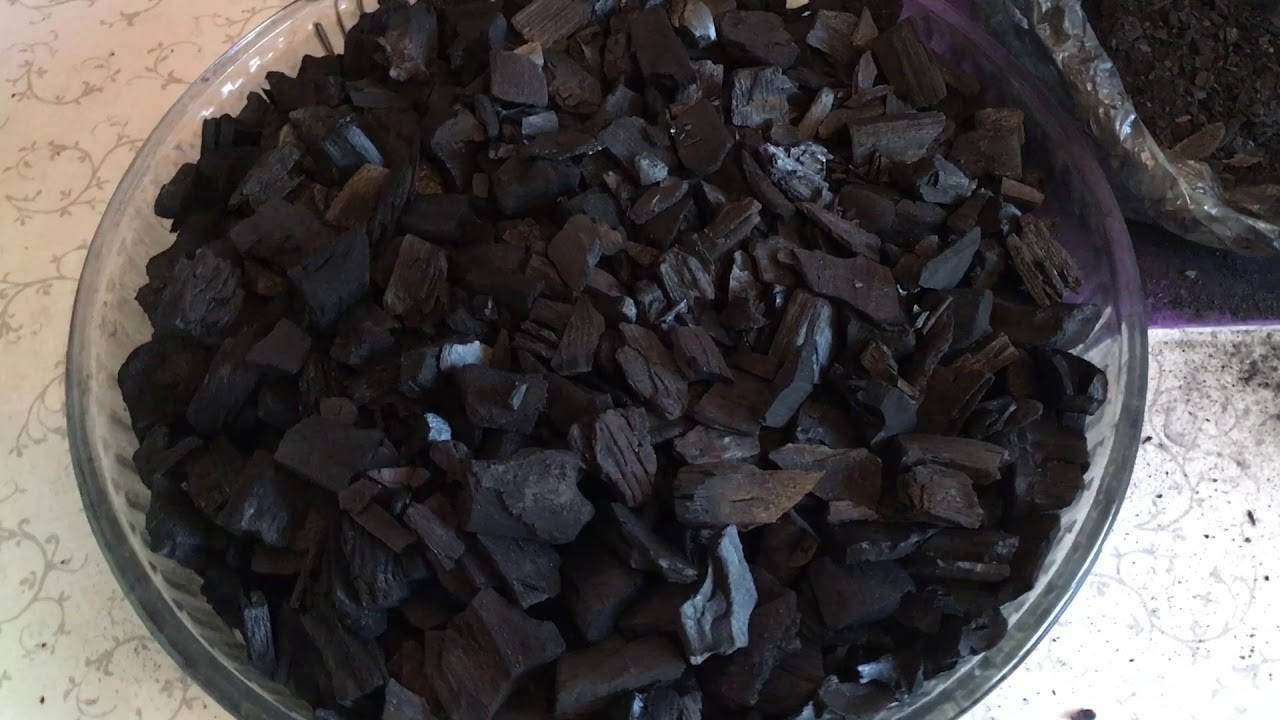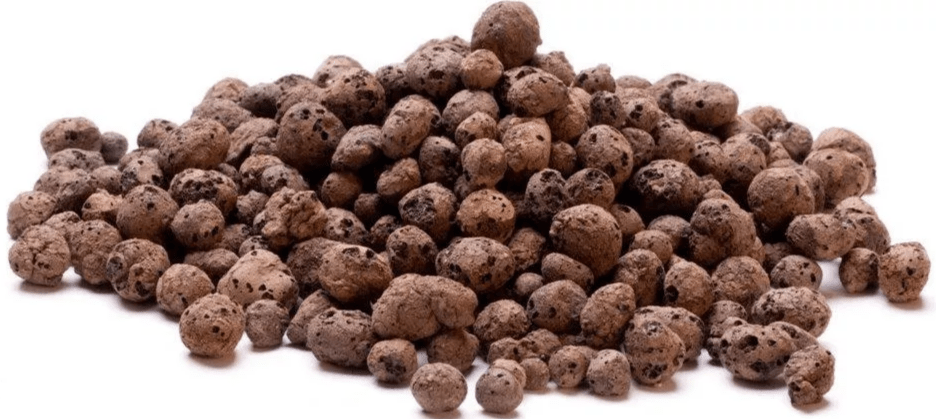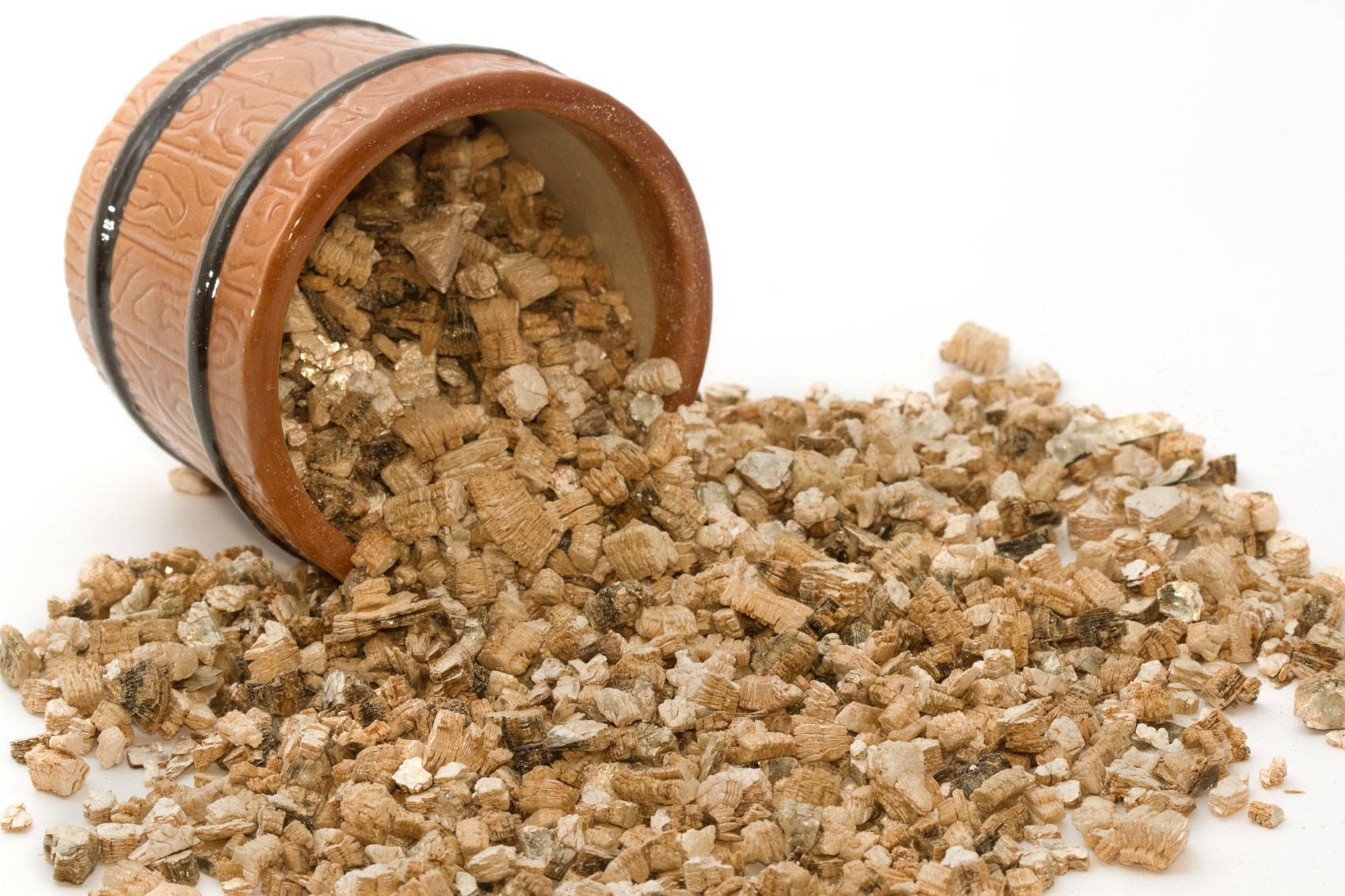Any plant requires proper care, which includes watering, fertilizing, and maintaining light levels. An important point is the organization of the drainage system. It ensures healthy roots and helps plants develop harmoniously. At the same time, many gardeners are interested in what exactly can replace drainage for flowers. For this, it is permissible to use various natural and synthetic materials.
Purpose of drainage
Many indoor plants require special soil, which consists of 15% air, 50% solid fragments, and 35% water.For this purpose, it is important to provide proper drainage in the flower pot.
The fact is that with excessive watering, air is displaced, which is important for flowers. In the absence of oxygen in the soil, the roots of the plant begin to rot, and the crop itself begins to wither. Drainage for flowers helps remove excess moisture and provides ventilation to the root system.
To create such a layer, it is permissible to use a variety of materials. Important qualities of drainage are considered to be good moisture permeability, chemical inertness, and resistance to rotting and mold formation. Material fractions should be selected taking into account the plants.
What can be replaced
Drainage for indoor flowers can be made from various materials. This gives everyone the opportunity to choose the appropriate option.
Broken brick and ceramics
Both materials have a natural base, are characterized by excellent thermal insulation and do not enter into chemical reactions. Therefore, it is recommended to rinse them thoroughly and dry them, and then place them on the bottom of the pot. For large containers, it is worth using ceramic shards. They are lighter in weight, so the container can be easily moved.
Pebbles and crushed stone
These natural materials are generally available. Therefore, you don’t even need to buy them. They will not remove excess moisture from the soil, but have increased thermal conductivity. If you place a pot with such a drainage layer on a cold windowsill, there is a risk of hypothermia of the plant's root system.
In addition, these materials are large in size. Therefore, all the water will accumulate at the bottom of the pot. As a result, the root system will not be able to absorb it.
Perlite
This material is white grains that are obtained from volcanic rock. In gardening, expanded perlite is used that has undergone heat treatment. This material does not rot, has low thermal conductivity, and is able to absorb and release moisture.
Perlite can also be used as a substrate loosening agent. Thanks to this, mold will not form in the pot and putrefactive bacteria will not multiply. It is important to consider that perlite is considered a neutral material. Unlike vermiculite, the material does not contain potassium and calcium. Therefore, you will have to add fertilizer to the soil yourself.
Styrofoam
The material, which is often found in boxes with household appliances, can not be thrown away, but can be used as drainage. It can be used for growing indoor plants. Shredded foam is not subject to rotting processes.
This material is not susceptible to mold. It also does not absorb moisture, but allows it to pass through to the drainage holes. In addition, polystyrene foam can be used as insulation, which protects the root system from hypothermia.
Charcoal
This is a good alternative to conventional materials. Charcoal is light and porous. This is an environmentally friendly product that has undergone heat treatment. In addition, coal has neutral acidity parameters and produces an antiseptic effect on the soil. With its help, it is possible to prevent diseases of the root system. At the same time, charcoal also has a number of disadvantages. In particular, it stains everything it comes into contact with.
Expanded clay
This is a popular pot filler. In fact, expanded clay is considered a thermally treated clay, which has a porous structure.In flower shops you can buy different types of expanded clay - small, medium and large. It is worth choosing the material taking into account the size of the pot. The larger the container, the easier it is to fill it with large fragments of expanded clay.
An additional advantage of clay is considered to be good thermal insulation. Therefore, it can be used for plants that are located on the balcony and are sensitive to temperature fluctuations. At the same time, experts recommend changing expanded clay drainage at intervals of 5 years. However, this material is considered quite accessible. Therefore, it is permissible to change it more often - during plant transplants.
Vermiculite
This mineral has a layered structure. At the same time, it is subjected to heat treatment. There are several versions of this substance available in stores - from coarse to fine, similar to sand.
Vermiculite has pronounced absorbent properties. In addition, it helps saturate the soil with valuable minerals - calcium, iron, magnesium and potassium. With the help of this substance it is possible to reduce the acidity of the soil. In addition, the material helps plants cope with temperature fluctuations. Another advantage of vermiculite is that it can be used as mulch. To do this, the substance is distributed over the soil surface.
Creating a drainage layer is an important stage in plant care. To achieve good results, it is important to choose this material correctly. Today there are many options that help remove moisture from the container and provide sufficient oxygen flow to the root system.

